-
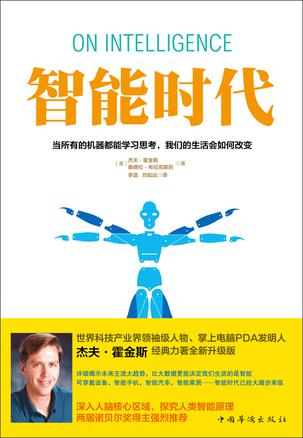
智能时代
世界科技界领袖级人物、掌上电脑PDA发明人杰夫•霍金斯经典力著全新升级版。 详细揭示未来主流大趋势,比大数据更能决定我们生活的是智能。智能手机,智能汽车,智能家居,智能城市……智能时代已经大踏步来临。 深入人脑核心区域,探究人类智能原理。两届诺贝尔得主强烈推荐。 回归硬件,用智能重塑所有既有的产业,已经成为公认的最有想象空间超级大势。随着可穿戴设备、手机、路由器等浅智能产品不断涌现,智能已经不再是营销的噱头以及极客们自娱自乐的玩具,它正越来越广泛的嵌入到每一个人的生活情境之中。先机决定一切,谷歌等科技巨鳄正疯狂加速在智能领域的布局,未来的世界注定是一个智能的世界。 掌上电脑PDA创造着,智能领域的先驱人物杰夫霍金斯,深入人类智能的核心区域——人脑,详细揭密人类智能的运作之谜。完美认知带来完美的重构。 -
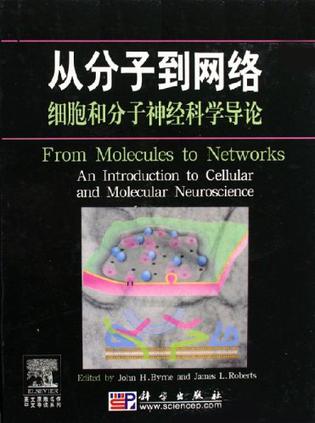
从分子到网络
神经元(神经细胞)是构成神经系统的基石,对神经元各个方面的深入、彻底的理解对于我们从各个层次对神经系统进行分析都是十分必要的。本书论述神经细胞的形态学、生物化学、生物物理学基础知识,这些知识正迎合了相关专业的大学生、研究生、科研人员的需要。 2000年诺贝尔生理医学奖获得者Eric R.Kandel盛赞此书:“凭着对神经生理学的独到的、富有创见的阐述,这本书填补了一个亟需填补的空白。 行文清晰,尤其是插图经过了精心设计,图示精美。 每一章的编写才均为该令域的权威和学科带头人。 被专家誉为“神经科学家书架上的必备书”。 -
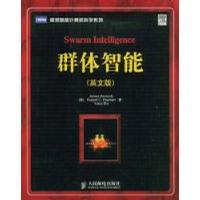
群体智能
群体智能是近年来发展迅速的人工智能学科领域.通过研究分散,自组织的动物群体和人类社会的智能行为, 学者们提出了许多迥异于传统思路的智能算法, 很好地解决了不少原来非常棘手的复杂工程问题.与蚁群算法齐名的粒子群优化(particle swarm optimization, 简称PSO)算法就是其中最受瞩目,应用最为广泛的成果之一. 本书由粒子群优化算法之父撰写,是该领域毋庸置疑的经典著作.作者提出,人类智能来源于社会环境中个体之间的交互,这种智能模型可以有效的应用到人工智能系统中去. 书中首先从社会心理学, 认知科学和演化计算等多个角度阐述了这种新方法的基础,然后详细说明了应用这些理论和模型所得出的新的计算智能方法--粒子群优化,进而深入探讨了将粒子群优化应用于广泛的工程问题. -

Vision
David Marr's posthumously published Vision (1982) influenced a generation of brain and cognitive scientists, inspiring many to enter the field. In Vision, Marr describes a general framework for understanding visual perception and touches on broader questions about how the brain and its functions can be studied and understood. Researchers from a range of brain and cognitive sciences have long valued Marr's creativity, intellectual power, and ability to integrate insights and data from neuroscience, psychology, and computation. This MIT Press edition makes Marr's influential work available to a new generation of students and scientists. In Marr's framework, the process of vision constructs a set of representations, starting from a description of the input image and culminating with a description of three-dimensional objects in the surrounding environment. A central theme, and one that has had far-reaching influence in both neuroscience and cognitive science, is the notion of different levels of analysis--in Marr's framework, the computational level, the algorithmic level, and the hardware implementation level. Now, thirty years later, the main problems that occupied Marr remain fundamental open problems in the study of perception. Vision provides inspiration for the continuing efforts to integrate knowledge from cognition and computation to understand vision and the brain. -
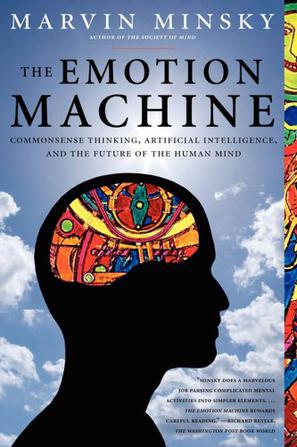
The Emotion Machine
In this mind-expanding book, scientific pioneer Marvin Minsky continues his groundbreaking research, offering a fascinating new model for how our minds work. He argues persuasively that emotions, intuitions, and feelings are not distinct things, but different ways of thinking. By examining these different forms of mind activity, Minsky says, we can explain why our thought sometimes takes the form of carefully reasoned analysis and at other times turns to emotion. He shows how our minds progress from simple, instinctive kinds of thought to more complex forms, such as consciousness or self-awareness. And he argues that because we tend to see our thinking as fragmented, we fail to appreciate what powerful thinkers we really are. Indeed, says Minsky, if thinking can be understood as the step-by-step process that it is, then we can build machines -- artificial intelligences -- that not only can assist with our thinking by thinking as we do but have the potential to be as conscious as we are. Eloquently written, The Emotion Machine is an intriguing look into a future where more powerful artificial intelligences await. -
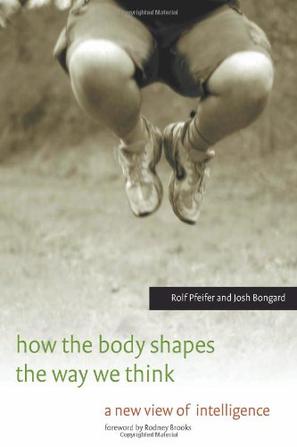
How the Body Shapes the Way We Think
How could the body influence our thinking when it seems obvious that the brain controls the body? In How the Body Shapes the Way We Think, Rolf Pfeifer and Josh Bongard demonstrate that thought is not independent of the body but is tightly constrained, and at the same time enabled, by it. They argue that the kinds of thoughts we are capable of have their foundation in our embodiment--in our morphology and the material properties of our bodies.This crucial notion of embodiment underlies fundamental changes in the field of artificial intelligence over the past two decades, and Pfeifer and Bongard use the basic methodology of artificial intelligence--"understanding by building"--to describe their insights. If we understand how to design and build intelligent systems, they reason, we will better understand intelligence in general. In accessible, nontechnical language, and using many examples, they introduce the basic concepts by building on recent developments in robotics, biology, neuroscience, and psychology to outline a possible theory of intelligence. They illustrate applications of such a theory in ubiquitous computing, business and management, and the psychology of human memory. Embodied intelligence, as described by Pfeifer and Bongard, has important implications for our understanding of both natural and artificial intelligence.